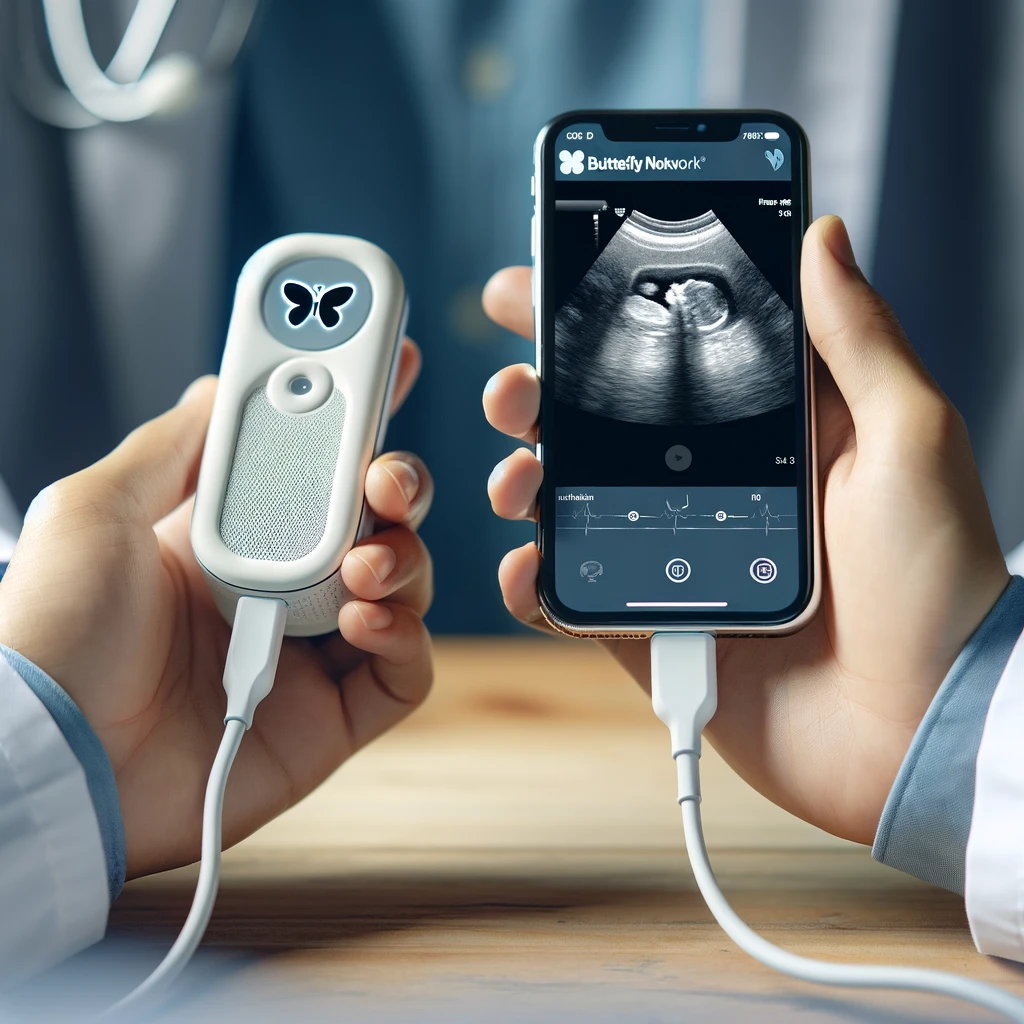
The integration of telemedicine into healthcare has significantly reshaped access to medical services, particularly for those in remote or underserved areas. Telemedicine, the use of electronic information and telecommunication technologies to provide and support healthcare when distance separates the participants, has emerged as a crucial tool in making healthcare more accessible and efficient. This transformation is vividly illustrated by the advent of innovative medical technologies, such as the IoT (Internet of Things) ultrasound device developed by Butterfly Network, a company whose stock price recently stood at $0.99, categorizing it among penny stocks.

Butterfly Network’s creation, an IoT ultrasound device, epitomizes the intersection of healthcare and technology, offering a portable, affordable solution that can be used across various settings, from remote rural clinics to advanced urban hospitals. This device not only democratizes medical imaging by making it more accessible but also enhances the capabilities of telemedicine. With its real-time imaging capabilities, healthcare professionals can conduct ultrasounds and share the images or findings with specialists worldwide, breaking down the geographical barriers that once hindered immediate and quality care.

The impact of such technology on healthcare accessibility cannot be overstated. For populations in remote areas, where healthcare facilities may be sparse or under-resourced, the ability to conduct diagnostic imaging on-site and consult with specialists remotely is revolutionary. It significantly reduces the need for patients to travel long distances for basic diagnostic services, thereby saving time and resources while speeding up the diagnosis and treatment process.
Moreover, the affordability of Butterfly Network’s device, reflected in its classification as a penny stock with a price of just 99 cents, highlights an important aspect of healthcare technology’s future: accessibility does not only pertain to geographic or physical access but also financial. By making advanced medical technology affordable, companies like Butterfly Network are paving the way for a more inclusive healthcare system where advanced diagnostic tools are not just the privilege of well-funded urban centers.
The broader implications for the healthcare system are profound. Telemedicine, bolstered by accessible and innovative technologies, has the potential to alleviate some of the strain on overburdened healthcare facilities by redistributing patient loads and enabling primary care to be conducted remotely. This not only improves patient outcomes by providing timely intervention but also enhances the efficiency of the healthcare system as a whole.
However, the journey towards fully integrating such technologies into the healthcare system is not without challenges. Issues such as data security, patient privacy, and the need for robust digital infrastructure must be addressed. Additionally, there is the challenge of ensuring that both healthcare providers and patients are adequately trained and comfortable with using these technologies.
The impact of telemedicine on healthcare accessibility is significantly augmented by the integration of innovative technologies such as the IoT ultrasound device developed by Butterfly Network. As these technologies become more widespread and affordable, they promise to further democratize access to healthcare, making it more efficient and inclusive. The journey of Butterfly Network, reflected in its current status as a penny stock, is a testament to the evolving landscape of healthcare technology, where the ultimate goal is to ensure that quality healthcare is not a luxury but a universally accessible service.